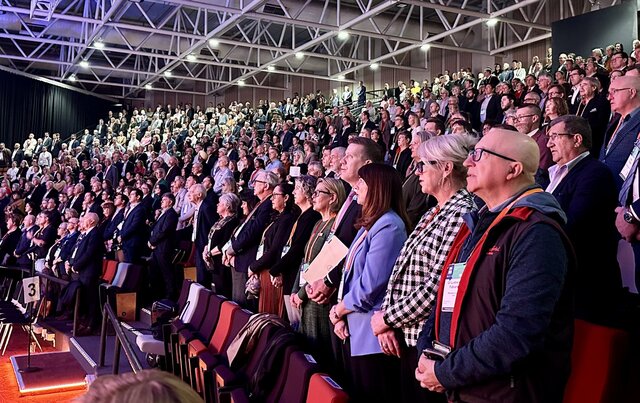The growing infrastructure backlog (and associated spiralling lifecycle costs of Local Government’s $183 billion asset management task); ongoing demands for new facilities (particularly in metropolitan growth corridors plus tree change and sea change areas); community expectations for a host of human services for young families, youth and the burgeoning number of older residents (with baby boomers reaching retirement, medical advancements and people living longer); the demand for more leisure and recreational opportunities to combat our obesity epidemic (with many of us, and most pointedly children, eating more and exercising less); a widespread acceptance of climate change and its full implications (with people eager and wanting to work with Councils to take action in their homes and across the locality)… So the list of challenges that Councils face goes on.
This rapid increase in the demand for Local Government services is occurring in an environment where there has been little change over many years in the way Local Government raises or acquires revenue to meet all these responsibilities.
With rates and charges still Councils’ primary means of raising funds, the political reality of how much people are willing to pay, alongside wider economic factors – drought, increasing housing costs and interest rates, inflation and so forth – certainly curtail the ability of Local Government to increase its traditional revenue streams.
On top of this there is the ability of State Governments to intervene. In New South Wales, the Minister for Local Government, Paul Lynch, has recently announced that the new rate capping level for 2008–2009 will be 3.2 per cent, a decrease from the 3.4 per cent set for this current financial year.
Mindful of the Iemma Government’s own political realities, the Minister stated in his media release that the NSW Government has “reaffirmed its commitment to working families by capping local Council rates at 3.2 per cent… recognising the impact of interest rates rises and high petrol prices on family budgets.”
So NSW Councils are left to pick up the shortfall at a time when inflation continues to run at its highest level for some years.
It is small wonder that some NSW Councils, in trying to maximise returns from investments to stretch their revenue that little bit further, have suffered a similar fate as many of our major financial institutions and private sector entities, with losses from the fallout of the US sub prime mortgage fiasco.







